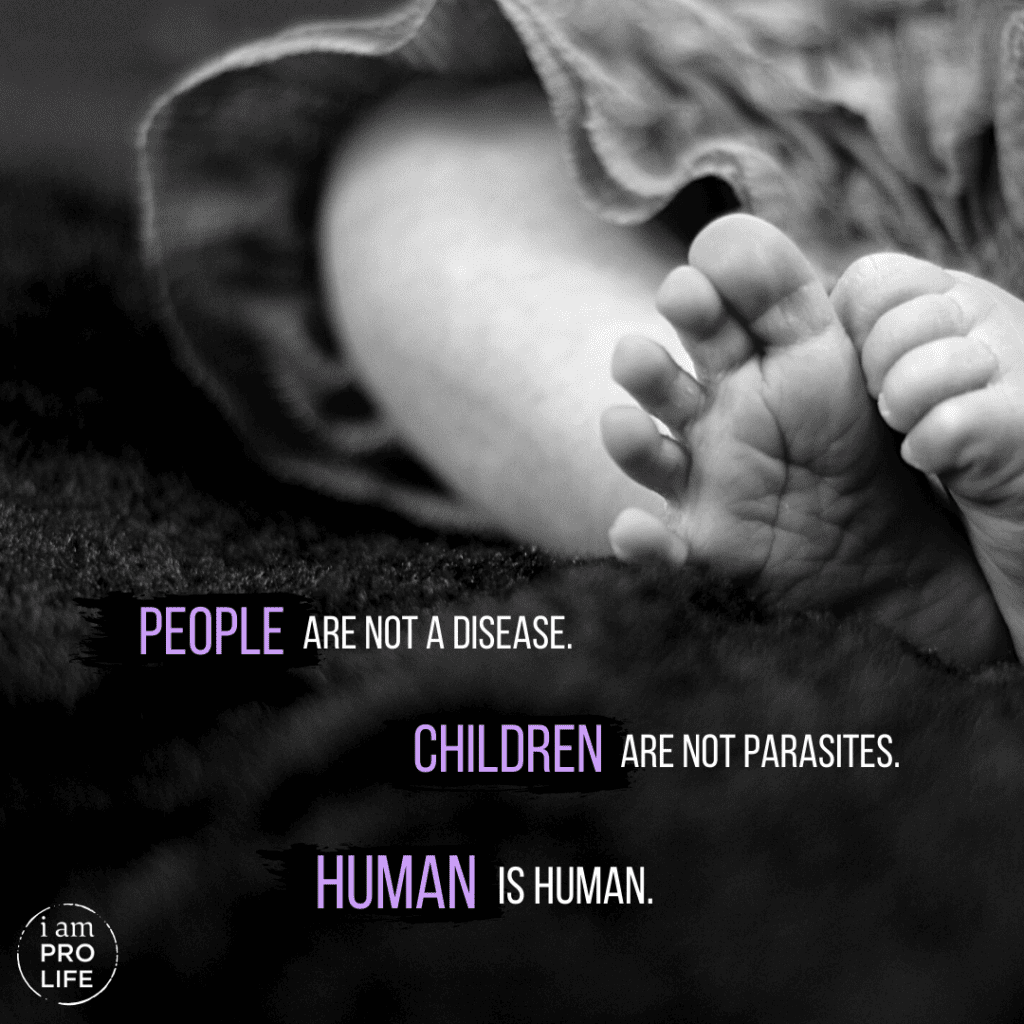There is a war on personhood. Its definition has been debated for decades. People write and publish theories with the intention to help the world make sense of this strange concept, yet nearly every theory composed across time falls short of coherent logic. Personhood is a simple concept, but it is a deep concept, and its depth spurs confusion and controversy.
To reiterate, there is a war on the concept of personhood. The term “war” is not merely a dramatic figure of speech; it is the most fitting term for the concept. The philosophical debate on personhood is the foundation of the abortion debate. Consequently, no opinion on abortion can be expressed without also having specific belief about personhood. Abortion can only be ethical if personhood is absent. So, if personhood is present, abortion is murder. There is a real war on the concept of personhood, and it is time for followers of Christ to pray that people around the world would begin to recognize personhood in everyone, including the preborn.
To appropriately have this conversation, we must first address the popular theories surrounding the criteria of personhood. Afterward, we must test these theories on the basis of logic and consistency.
Theories of Personhood and Their Inevitable Complications
Theory of Genetic Criteria
One popular yet simplistic theory of personhood is on the basis of genetics. This theory promotes that if something contains human DNA, and that DNA is unique, personhood is present. At first glance, it makes logical sense. However, there are some complications that we should address.
For instance, if personhood only requires that something contains human DNA, how do we make sense of things like hair falling out of people’s heads as they walk down the street? Or, what about saliva that exists in the mouth of an individual who is having a conversation? The strand of hair and the droplet of saliva both contain human DNA, but those substances could never qualify for personhood on their own. Rather, personhood is more than just DNA, though our genetic makeup plays a crucial role in helping us understand ourselves. Let’s dive a bit deeper into that.
Theory of Sentience
According to philosopher Peter Singer, personhood should solely be defined on ability to feel pleasure and pain. In short, if a being is sentient, the being has personhood. But, in order to agree with Singer’s claims, one must then agree all animals are persons due to their ability to feel the same. Furthermore, if animals are persons and humans are persons, there is no longer a distinction in value between animals and humans. Of course, this idea runs in direct opposition to the Judeo-Christian worldview, as God graciously granted humanity dominion over all creation.
Theory of Cognitive Criteria
Next, “The Cognitive Criteria of Personhood” was created by Mary Anne Warren in 1973, where she lists the five requirements for a person to exist. The criteria includes consciousness, reasoning, self-motivated activity, ability to communicate and self-awareness.
Today, Mary Anne Warren’s criteria for personhood is a topic that abortion activists around the world frequently utilize. Many attempt to use her theory as a sword to cut down the value of preborn life, claiming they seemingly do not meet her five requirements. However, to subscribe to Warren’s cognitive criteria for personhood, one must be comfortable with removing the title of “person” from all children under 18 months old. Child development research points to self-awareness occurring at 18 months old, thereby disqualifying any younger babies from personhood according to Warren’s argument.
Watch: "My Patients Haven't Been Born Yet" with Dr. William Lile
Personhood According to Scripture
Humans continue to relentlessly attempt to sort out what constitutes a person. Still, only the Creator of all persons has the authority and intelligence to decipher the criteria. The Bible, God’s beautiful breath of life, sheds light on the true realities of personhood. God gives us his criteria for personhood on the very first page of the Bible, where He says, “Let us make man in our own image.”
Made Distinctly in His Image
God created humanity with distinction from the remainder of creation. And, though He believes all of His creation is good, God intentionally created man in His own image. Personhood is exclusive to humanity and is only detectable through creation marked by the likeness of God. For example, Jesus, being fully God and fully man, walked the Earth as a person. In fact, Jesus is the most accurate picture of personhood to ever exist, because Jesus is the only person to ever bear the image of God with perfection and purity.
The concept of personhood interweaves all throughout scripture, always tying back to being created in the image of God. Any time God creates a human, He creates them with love. Because the human is made in the likeness of God, they qualify for personhood.
So, you may be thinking, “when does the Bible say that personhood begins?” The answer is simple: when God begins to form the human. He forms all of humanity in His image, and His formation indicates tremendous value.
God’s loving and mighty hand forms every human in the womb. The very moment God begins to form a human, that human is a person, and that person holds value because they are made in the image of God.
So, pray today for all of the little persons who are at risk of losing their life to abortion. Pray for courage to fill the hearts of their mothers. Pray that the Holy Spirit makes our hearts tender to the personhood of the unborn, so that we can protect life from the moment of conception.
A person is a person, no matter how small.
Dr. Suess

















